TRAIN OVERLOAD RECOVER REPEAT - By Coach Kelly Phuah
Train, overload, RECOVER, repeat
When we repeat the above cycle consistently we see amazing things. We see people go from couch potato to Ironman, from a 25min 5k to an 19.59min 5k, from a 6hr 100mile bike to a 5hr 100mile ride and even a 9hr Ironman to a 8:55 Ironman. Gains in fitness at all levels are made by following this formula.

Each of the components are important. Training without overloading will lead to a plateau, overload without recovery will lead to overtraining syndromes (this is BAD, read more here,) and failing to repeat the cycle will have your fitness slide backwards. When you get it right you can expect to see a step up in fitness revealed once the fatigue created by your period of overload is reduced with a recovery period. The balance can be tough though, how much stress can you put your body through before you should recover?

Overloading is achieved by progressively increasing our training load. For a period of time, the stress and demands on our mind and body are beneficial, but eventually this fatigue becomes counterproductive. We are all different and as we get fitter we can tolerate higher training loads, but training is of course not the only element putting stress on your mind and body. A period of tough training previously tolerated can be more stressful if you have more than the usual amount of stuff going on. (Stuff is my technical term for work, life, kids, natural disasters, lack of sleep etc.) It can be difficult to know when to pull back and recover with all these variables, but you can listen to your body, there are some key signs to look for.
- Fatigue not relieved by sleep
- Poor sleep
- Loss of appetite
- Loss of motivation
- Poor performances
- Muscle soreness and fatigue
Certainly there are more concrete physiological markers that can be assessed and these signs above are subjective, but they are also indicative of some undesirable changes in hormone, neurotransmitter and other biochemical levels that keep us functioning, so paying attention to these signs is wise. What I will say is that if you are feeling several of these signs coupled with a period of tough training then it is time for a break. Let your body reset, firm up the foundations before you attempt to build anything more on top.

Take a day or two off and during that time allow yourself to decompress, take care of the other important things. Clean your bike, lube your chain, go shopping for a new pair of running shoes, read some good training articles, stretch and roll etc, watch you tube videos on swim technique, read about new nutrition products. So many things go into having a great race performance, use your recovery days to pay attention to all the other stuff while your body is knitting itself back together.
About the Author
Kelly is an IRONMAN Certified coach and brings her experience as an elite coached athlete, her race experience and her formal education in health and nutrition to the Base Performance Coaching and Wellness program.






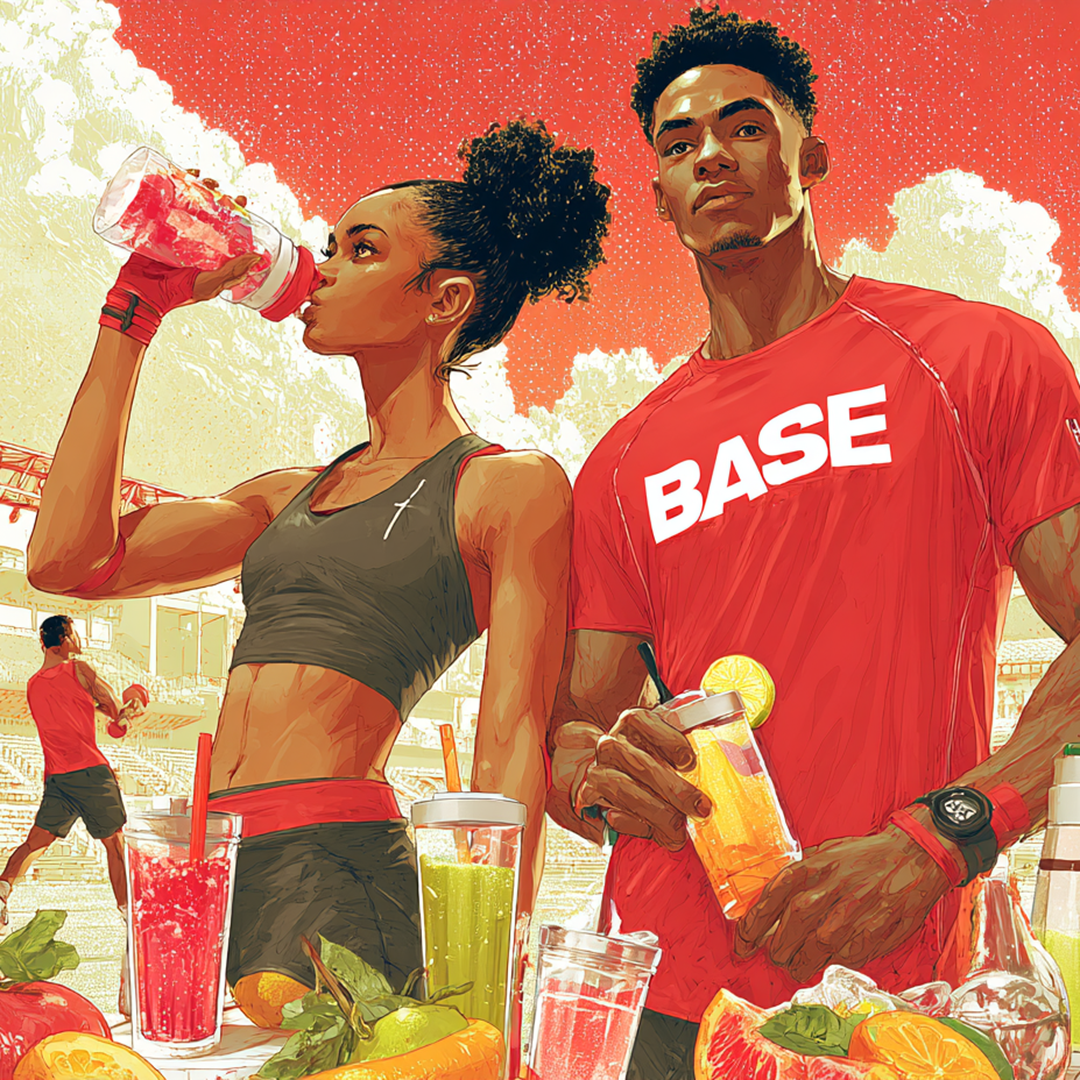
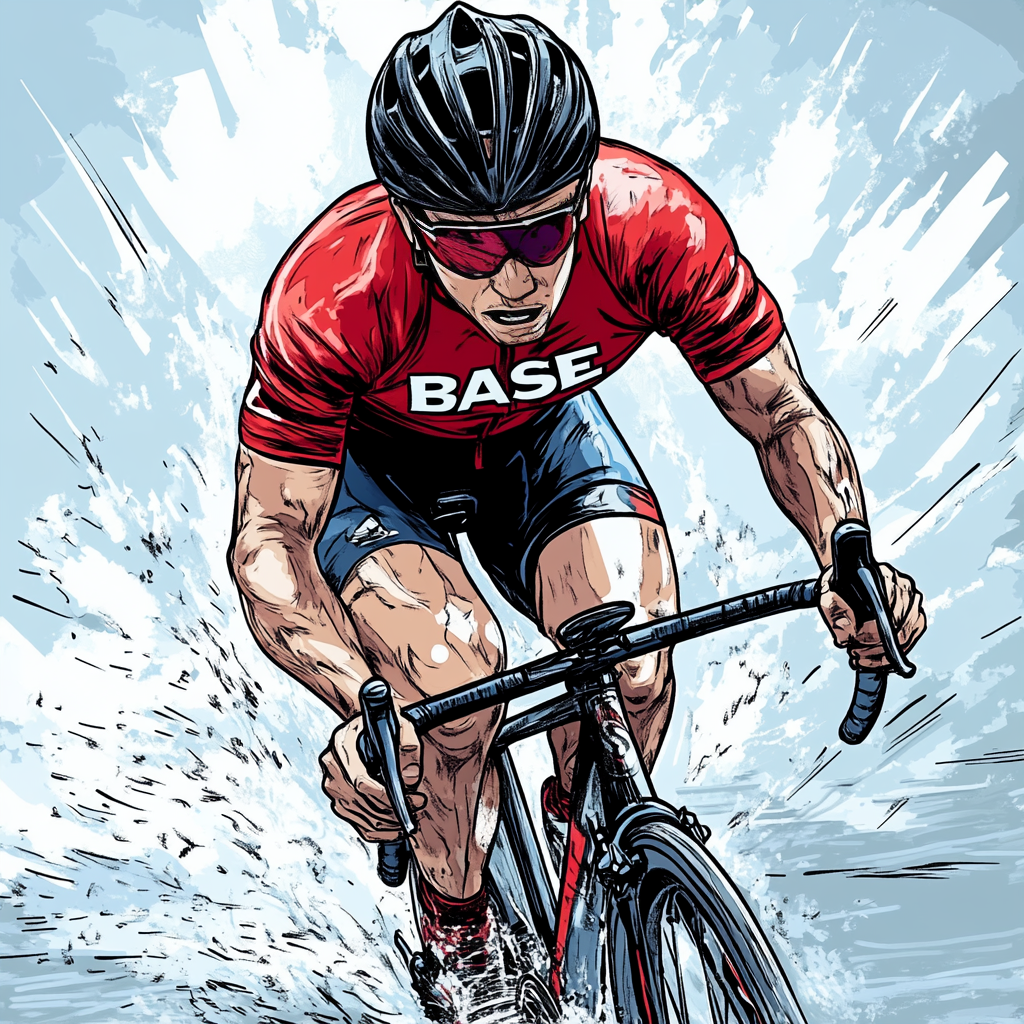

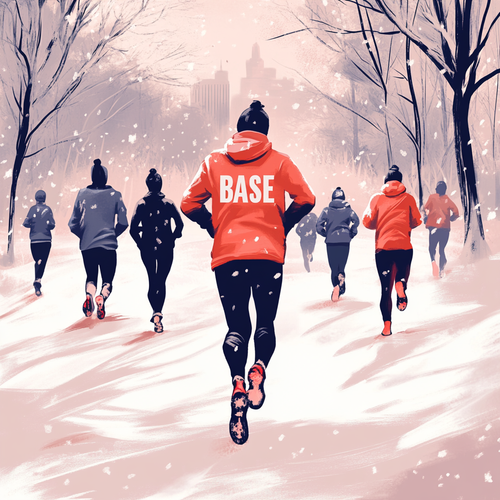


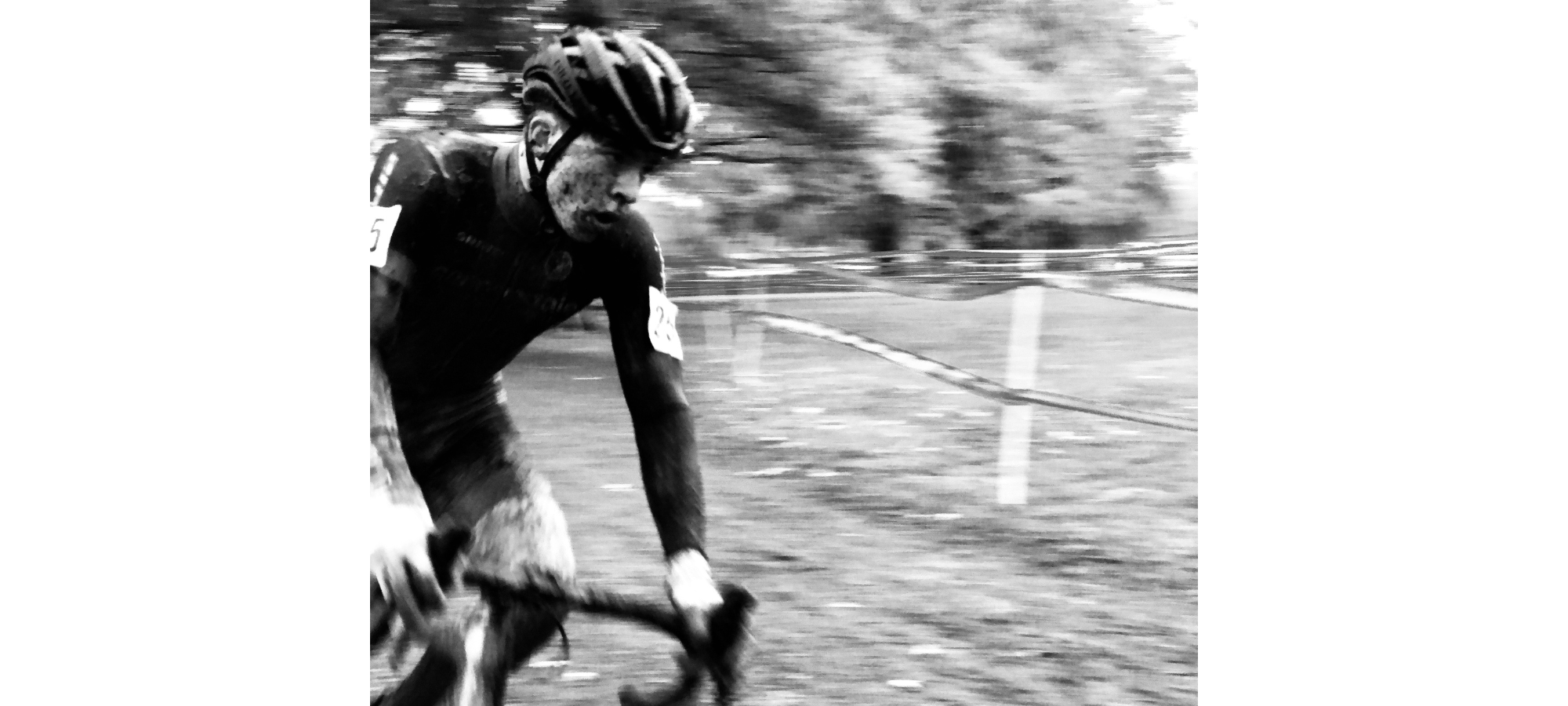
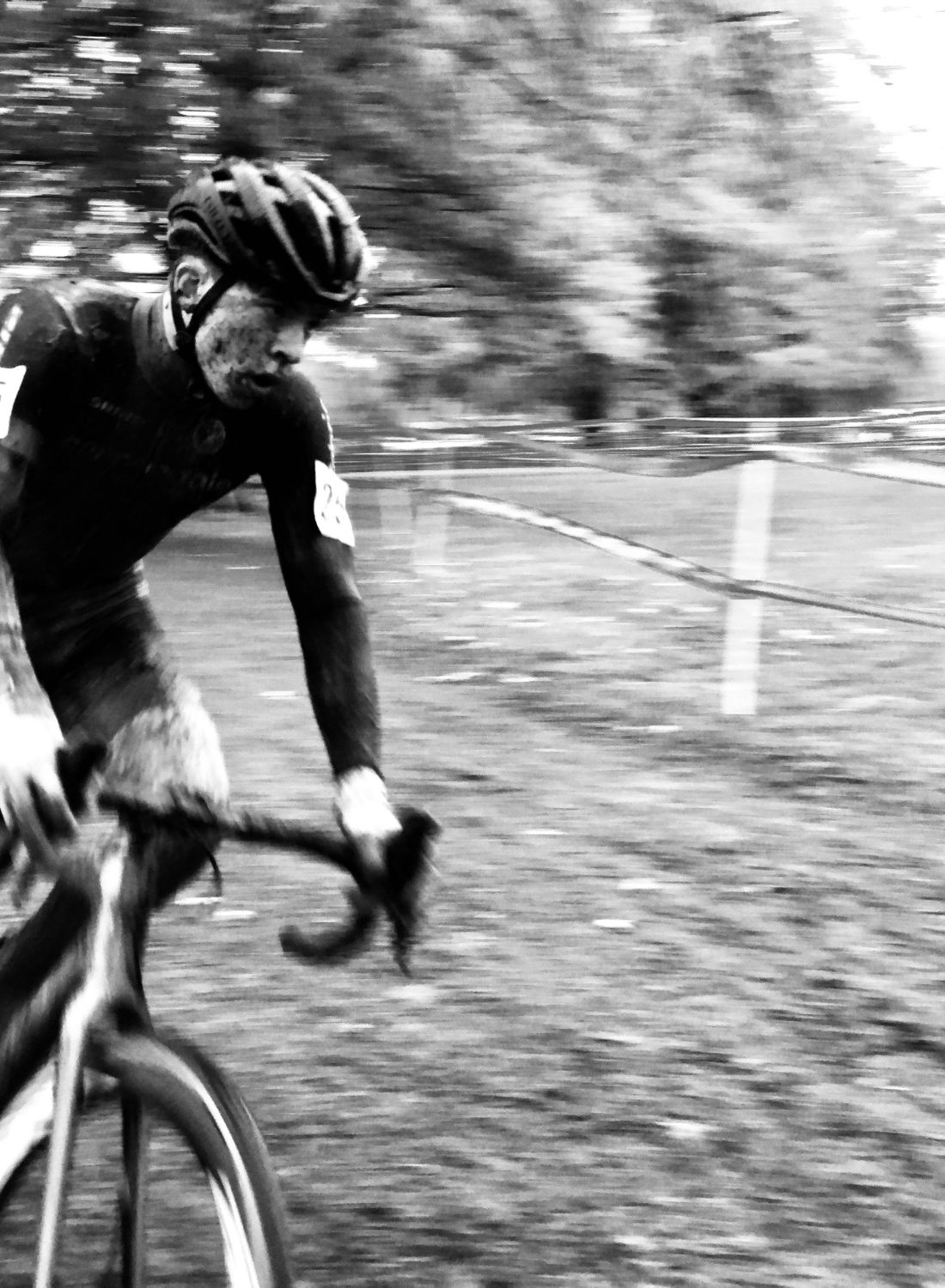











Leave a comment